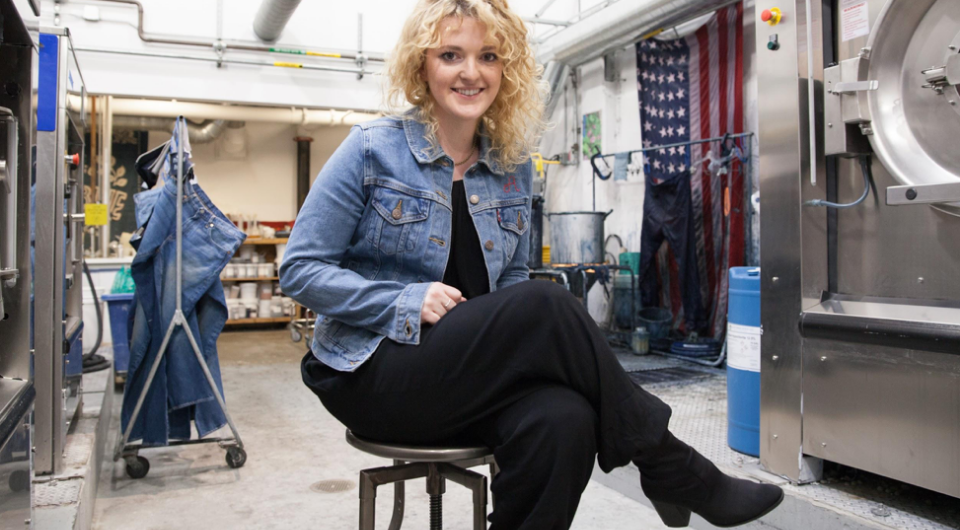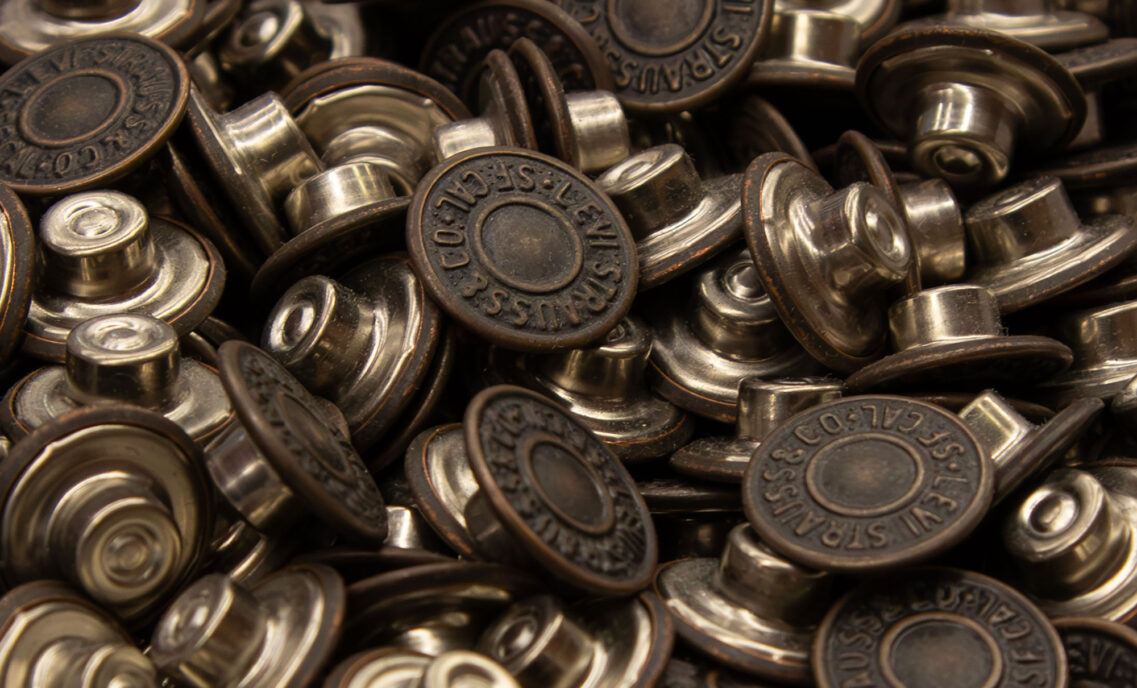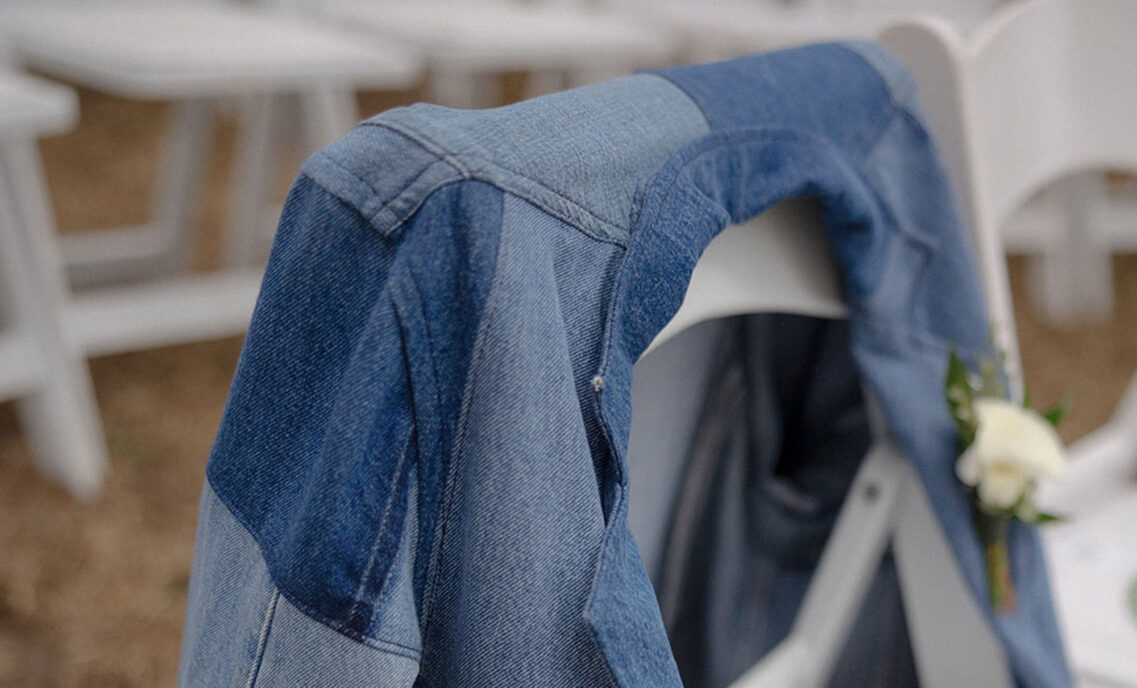This past June, 12 entrepreneurs committed to building a more sustainable apparel industry came to Levi Strauss & Co.’s Eureka Innovation Lab for the convening of our second class of the Collaboratory, a fellowship experience and effort by LS&Co. to empower the next generation of apparel leaders who want to advance a more socially and environmentally responsible apparel industry.
The focus of this year’s class is climate change and what the apparel industry can do to reduce its climate impact. During the workshop weekend, fellows demonstrated an inspired confidence in the challenge ahead, sharing a blueprint for how their ideas, innovations, and entrepreneurial spirit could set new benchmarks in sustainability.
Amanda Grogan is the founder and CEO of Make It Black. Make It Black is a bespoke dye service based in New York City, which gives new life to luxury clothing considered defective and saves it from working its way to landfill through a circular solution addressing key contributors to climate issues in the apparel industry. The following are five insights from Amanda on why she is committed to bringing new life to garments.
1. Recycling isn’t always the answer.
Recycling isn’t where it needs to be. We’re utilizing lots of energy to recycle and wasting the energy used to create the original garment. Clothing is being shredded and down-cycled (with only small amounts getting turned back into fibers) and in a lot of instances these garments could be reused with small tweaks made to them.
If you’ve already got the bones of something good that can be salvaged in its current use state, then that should be the first resort.
2. Clothes are being abandoned.
Millions of garments lie in warehouses around the globe because of overproduction and excess inventory due to damages and returns. These are garments that aren’t being sold, they’re sitting there diminishing in value, costing companies money, tying up precious working capital and ultimately affecting the environment because they’re not reaching their intended use.
It’s like having a dilapidated house. You’re not going to demolish a house just because the porch isn’t nice or the interior isn’t good. You’d employ an interior designer, you’d employ an architect and you’d work with what you have. Yes, in some cases it needs to be demolished, but in most cases it can be salvaged.
3. Black is unmatched.
Black is the only color that can saturate prints, color and stains. It is also significant because, with Make It Black’s process and focus only on black, we have developed a system to consolidate fiber types, machine runs and our supply chain to not only get cost efficiencies, but energy and water efficiencies as well.
4. A dual purpose.
Most brands are launching a style each season that is black. If you’re taking something that you already have that’s costing you money as a brand and putting that into your current collection as a black item, it’s not only economically beneficial for your company, but also for the environment. You’re taking something that takes so many resources – energy, human energy, and water – and giving it a new life.
5. Dying for something new.
Make It Black is taking a design-led approach. We’re using something that companies and consumers are already craving – a black product. We’re reducing the use of energy and transforming it into something that can sell.
Because black is timeless and trend-resistant, it extends the life of the garment, giving it a second chance to sell in a manner that’s respectful to the design DNA of the brand.







